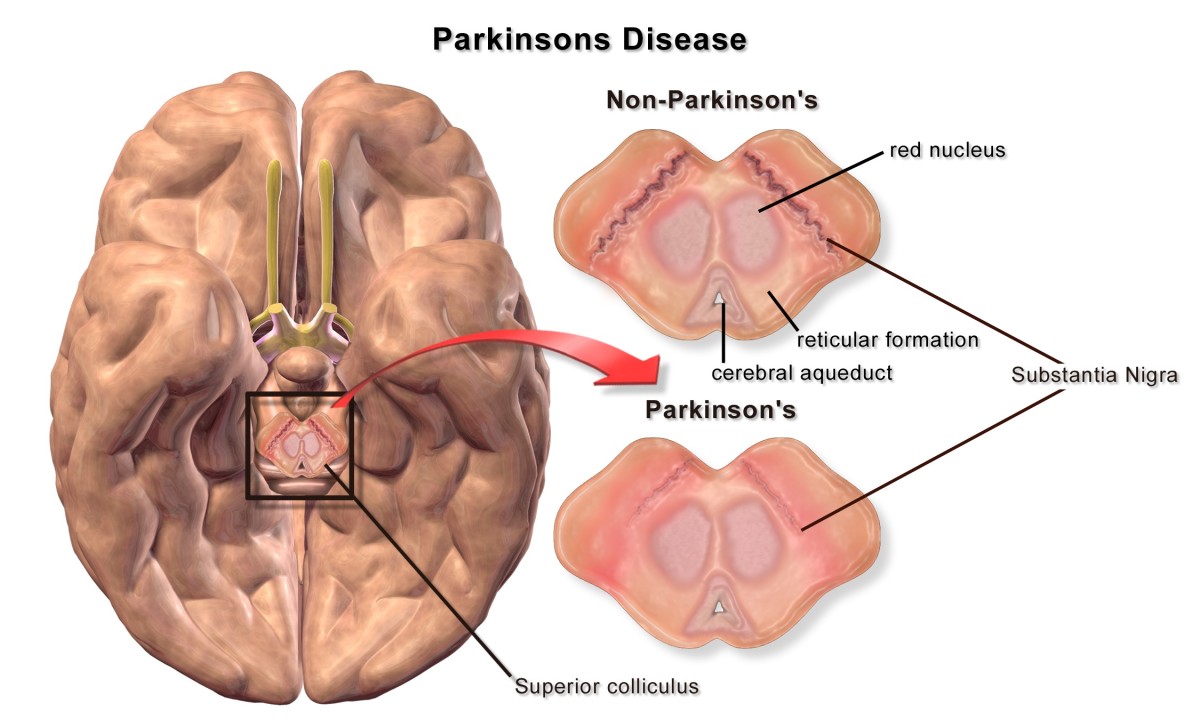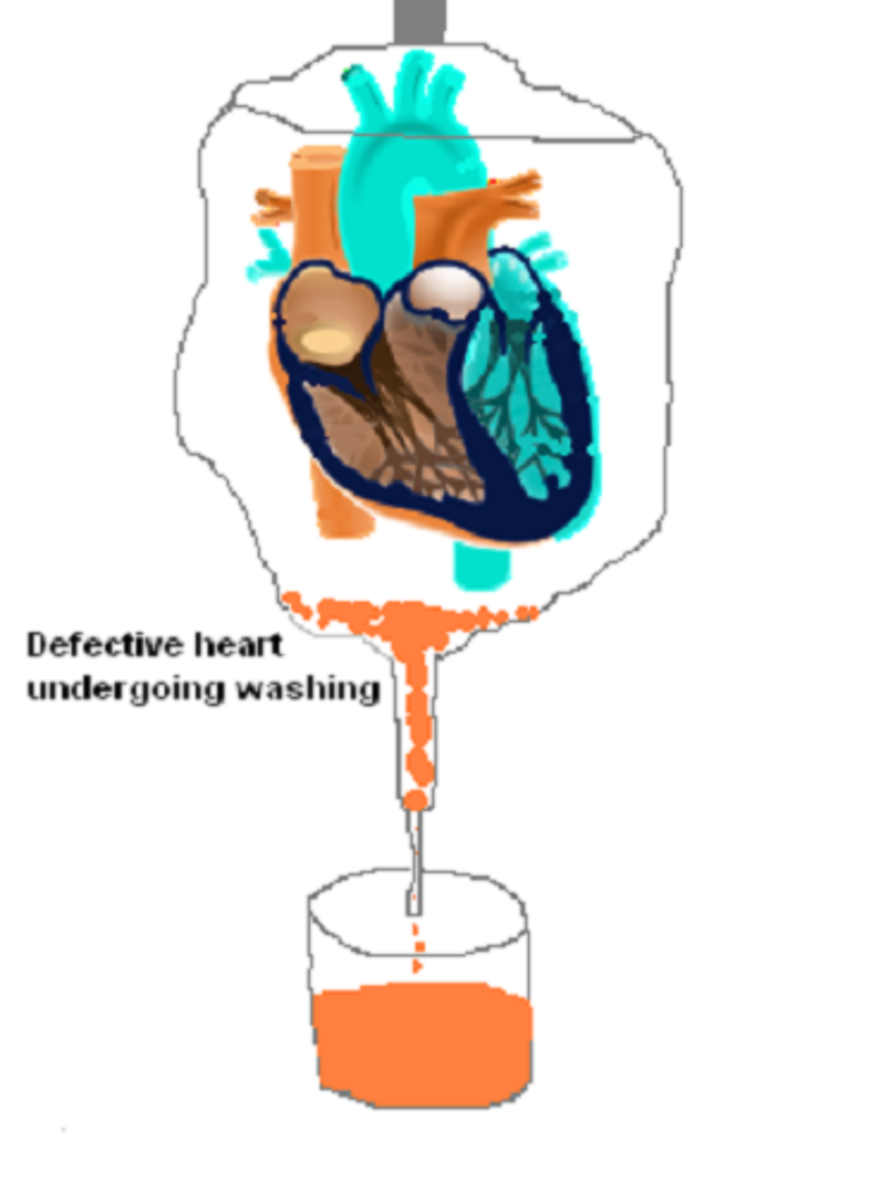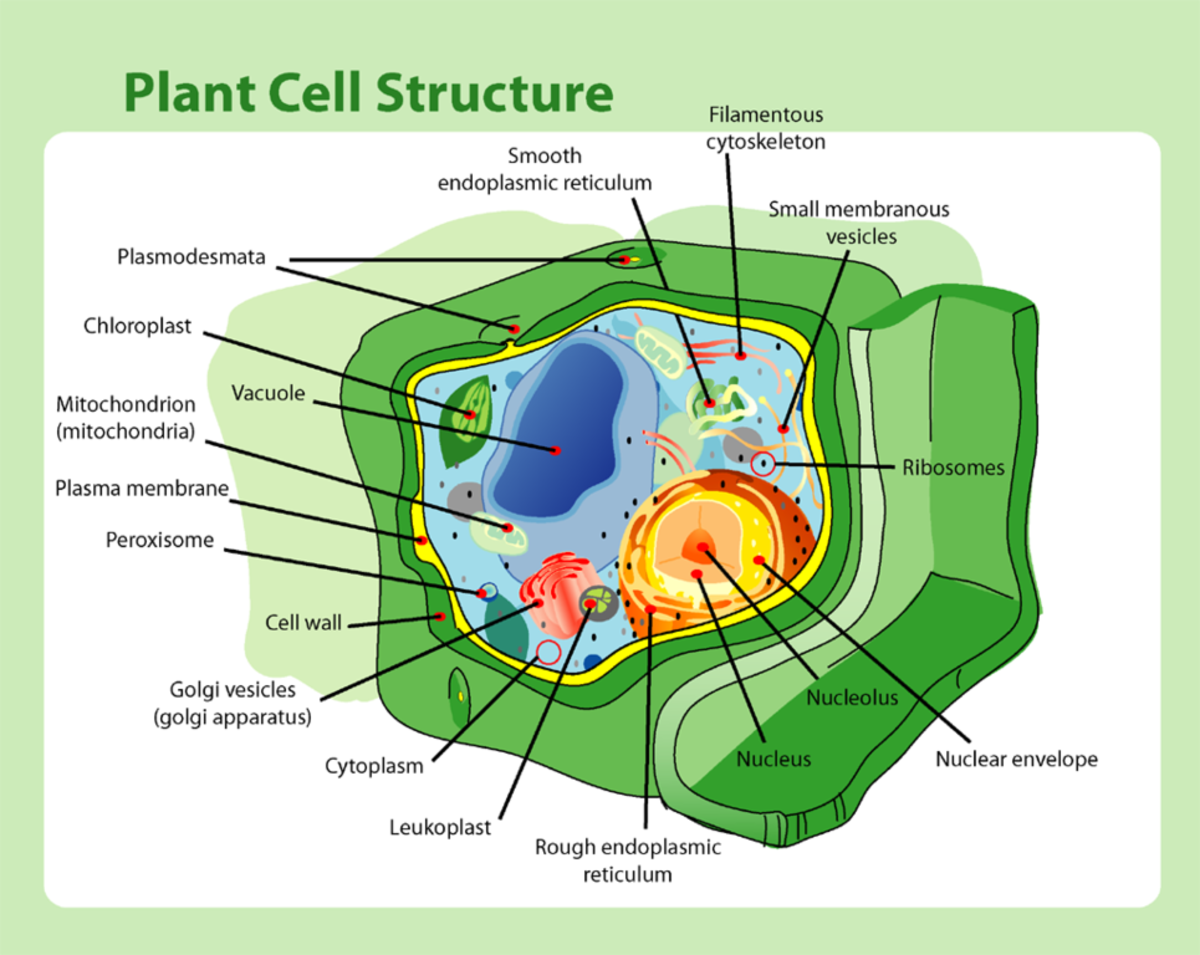Let 'Vaccine' be in Treatment of Infections and 'Activator' be in Stem Cell Therapy to Avoid Confusion
Stem cells injected into spinal cord to heal broken spine bones (photo snapped from HBO superstem cells film clip)

Avoid confusion owing to use of terms in medicine
Confusion sometimes arises from terms and from usage of terms.
Let’s go to the field of medicine where we have the term 'vaccine.' We know that vaccine is used to prevent infection with bacteria and virus. Hepatitis B vaccine prevents infection with hepatitis B virus. Salk vaccine prevents infection with poliovirus.
Edward Jenner, Louis Pasteur and Robert Koch pioneered in the use of vaccine. Jenner started vaccination against smallpox; Pasteur vaccinated against anthrax and rabies; Koch vaccinated against tuberculosis. That is, vaccine has been used against microbes or germs. These germs belong in the germ theory of disease.
So 'vaccine' has been esconced in the vocabulary of medical research, theory and practice.
Likewise, 'vaccine' has been embedded in the vocabulary of the public or consumers.
Nature of vaccine
A vaccine consists of a particle that mimics the shape and size of a particular microbe. For example, Salk killed poliovirus vaccine. We emphasize “killed” because the Salk vaccine is not alive. (It is unlike the Sabin oral polio vaccine that consists of weakened poliovirus.)
Salk and his team developed the Salk vaccine this way: The part of the virus that goes into replication and multiplication was killed. That part is the ribonucleic acid (RNA). The coat that envelops these replicative and infective parts were hardened such that its shape and size are maintained. Formalin (67% formaldehyde) was used to kill the virus and to harden the coat. The hardened coat is used as vaccine.
The immune system reacts to the hardened coat. The macrophage, a component of the immune system, plucks an antigen from the surface of the coat; the antigen serves as marker of the coat. The T-killer cell latches an antibody on the surface of the coat that it finds with the use of antigen. The antibody changes the shape and size of the coat.
A poliovirus can only infect a cell of the body when its size and shape matches a hole in the cell. It enters the cell through this hole. Once inside the cell it inserts itself in the chromosomes and commandeers them in the production of millions of daughter cells that are virtually poliovirus.
An antibody, by making the poliovirus larger and changing its shape, results in failure of the poliovirus to find a matching hole of the cell. Therefore the poliovirus cannot enter the cell.
The poliovirus remain in the spaces between cells. These are “eaten” by the macrophages and interleukines that, together with their loads of virus, are disposed off.
When the poliovirus had been defeated, macrophages die off but some of them remain as Memory cells. When another batch of poliovirus attack the body, the Memory cells induce the production of antibodies. The same person cannot be infected by poliovirus. He or she is now immuned. That is how vaccination works.
The hepatitis B virus vaccine works similarly. The hepatitis B virus consists of a surface protein coat and DNA (deoxyrinucleic acid) that is the infective and replicative part. The protein coat can be separated from DNA. There are more protein coats than DNA in a teaspoon of blood. The gene that controls the production of protein coat has been isolated, inserted in the chromosomes of yeast bacteria. When yeast multiplies it also multiplies the hepatitis B protein coat. In short, yeast serves as factory of protein coats that are harvested and used as vaccine.
(However, the protein of the yeast remains in the virus protein coat that this vaccine provokes an allergy, as side effect, in a fellow who has an allergy to yeast. That is why hepatitis B vaccine is not given to such a fellow. The protein of the factory is the usual cause of side effects in some vaccines.)
To return to our theme, let the term 'vaccine' be used in the germ theory of disease.
“Activator” for stem cell
However, 'vaccine' is also used by medical researchers, some theoreticians, and clinicians in an emerging field of medicine.
For example, we see in medical literature: ”An early-phase clinical trial of an experimental vaccine that targets cancer stem cells in patients with recurrent glioblastoma multiforme, the most common and aggressive malignant brain tumor, has been launched by researchers at Cedars-Sinai's Department of Neurosurgery...." (Internet. Jan. 26,2014, emphasis supplied))
Stem cells are now used in regenerative medicine. For example, stem cells from the cord blood. These are grown in the laboratory and injected to a person. Stem cells from the cord blood injected to one suffering from leukemia induces the bone marrow to grow more blood cells.( Leukemia is cancer of the blood – the white blood cells grow in an uncontrollable way). Stem cells from the cord blood also repair an injury of the spinal column (please see picture).
The one thing common to both hepatitis B and spinal cord is the method of administering the active ingredient. They are both injected by means of a syringe. This could be the reason why the term “vaccine” or “vaccination” are used for both. However, the use of these terms in stem cell research, theory-making and clinical practice brings about confusion.
Let 'activator' be the term for use in stem cell instead of 'vaccine.'
In my other Hubs I elaborate the stem cell-organism theory. I posit this theory thus:
“A trigger induces a stem cell to differentiate into a multi-celled organism.”
Basing it from the above discussion I am changing the term 'trigger' into 'activator.' Thus the revised proposition is as follows:
“An activator induces a stem cell to differentiate into a multi-celled organism.”
An activator works in a way different from how a vaccine works. Vaccine belongs in the disease theory of disease. Activator belongs in the stem cell-organism theory.
To repeat, one application of this theory is regenerative medicine. For example, an eye blinded by burning is regenerated by the use of stem cells from the healthy eye of the same person. Stem cells are grown in the laboratory and injected in the burned eye. This eye regrows complete with cornea resulting in restored vision.
An activator stimulates the genes responsible for pluripotent stem cells, for multipotent stem cells, for unipotent stems, for adults stem cells, for adult cells of the eye. This is the natural progression of stem cells.
A nutritional supplement can serve as an activator. It stimulates the bone marrow to produce more stem cells and endothelium progenitor cell (EPC) that turn into stem cells. EPCs circulate stem cells to home in on damaged adult cells. Stem cells heal the damaged part of the body, according to Neil Riordan, Ph.D., inventor of a nutritional supplement in stem cell therapy.
To avoid confusion let 'vaccine' be used in germ theory of disease and 'activator' be used in the stem cell-organism theory and stem cell therapy.







